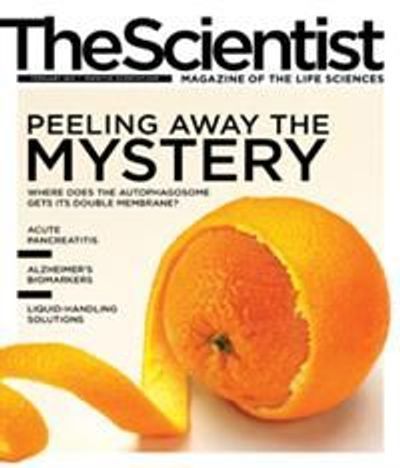In 1842, Anna Atkins, a 43-year-old amateur botanist from Kent, England, began experimenting with a brand-new photographic process called cyanotype or blue-print. Atkins arranged algae specimens collected from around the British Isles on a sheet of glass and placed it on top of paper coated with photosensitive iron salts, using another sheet of glass to hold the algae in place. After the prepared specimen had lain in the sun, the exposed areas of the paper turned a bright cyan blue, in stark contrast with a stunningly detailed white impression of the alga. Atkins learned the cyanotype process directly from its inventor, neighbor and family friend Sir John Frederick William Herschel. Within a year of beginning to experiment with the new technique, she published the first volume of Photographs of British Algae: Cyanotype Impressions—a collection of more than 200 algae images considered to be the very first photographically illustrated book....
Read the full story.[gallery]
Interested in reading more?




